The three joined former inductees Peter Herschend, co-founder of Herschend Family Entertainment; Bob Masterson, former president of Ripley's, and moderator Bob Rogers of BRC Imagination Arts Tuesday afternoon for a discussion on building a Hall of Fame career in the attractions industry.
It would be audacious to start a career with the goal of making the Hall of Fame. Sane people start with more reasonable goals: making some money, working on some cool projects, and ultimately, helping people have fun. But if you string together enough successes in this businesses, maybe the Hall of Fame moves within reach. But instead of talking about the successes these six men enjoyed, let's start with Rogers' final question to the group: What was your biggest flub?
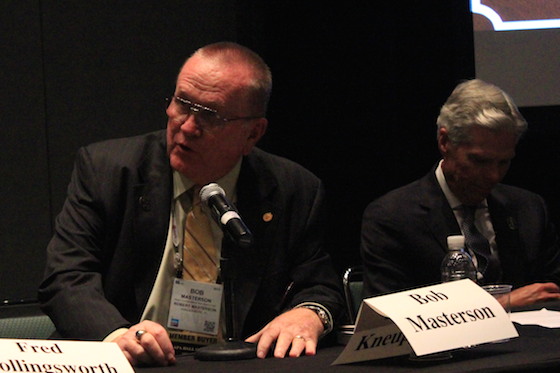
"I saw all these people on Bourbon Street — you couldn't move — and I said, we can't lose if we put an attraction Bourbon Street," he said. "A family attraction on Bourbon Street."
"We spent an awful amount of money, and people walked in the door and would say 'I'd like a Hurricane.' We told them we don't sell Hurricanes, then they'd say, 'I'd like a beer, then.' We said we don't sell beer. 'Then whatcha doing here?'"
"The lesson I learned was, never confuse people for customers. Those people knew exactly why they were on Bourbon Street and it wasn't to go into a Ripley's Believe It Or Not."
Williams said that his biggest goof was the Creature from the Black Lagoon show at Universal Studios Hollywood.
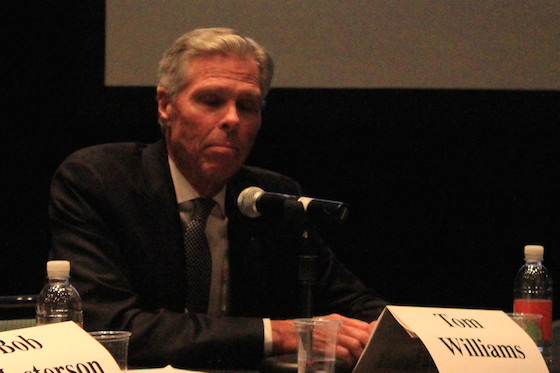
"This was a classic Universal monster horror film, and we thought we could make it into a comedic musical. We hired Broadway folks to do the music — it was all original music, big choreography and costuming, and very campy storyline, and I thought, surely, people are going to get this is a big joke. We invited in some critics from the Hollywood community and they gave it great ratings."
[Ahem. Robert shifts awkwardly in his seat.]
"What a flop. Our park-going public just couldn't stand it. What I learned is you can't take a monster horror film and turn into a comedy."
Herschend said his biggest failure was the Grand Palace in Branson, Missouri.
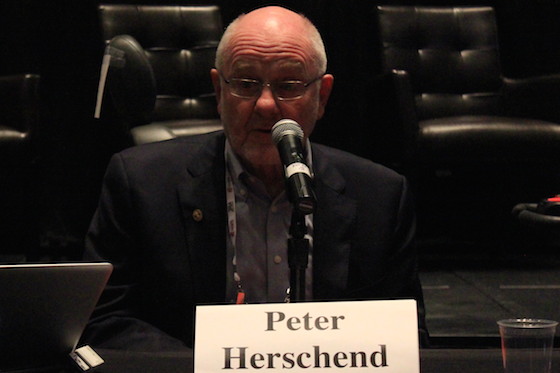
"In 10 years, we have yet to make a dime in bringing the Rockettes or any other theater business in. The lesson is that just because we are a little bit good in theme park entertainment does not mean that we are good — profitable good — in the theater business. We could bring in Reba McEntire. It was a 4,000-seat structure. We could fill it, and we would just lose less money if we filled it.
"We do not own that building anymore."
Earlier in the discussion, Herschend also warned about the way that the theme park industry promotes itself.
"We as an industry have created a fantasy world in which the next great attraction isn't great unless it's the biggest, tallest, fastest, deepest, roundest, thinnest — it doesn't make any difference; it is the '-ists' of the world. One roller coaster is not enough, we're going to put in four. And they're going to be built one on top of the other. We do that to ourselves, and the more we continue to do that we will become known not as business of entertainment but a business of big rides."
"Bigness is one thing. Best is quite another."
If there was a unanimous agreement among the participants it was that successful managers surround themselves with friendly, loyal, and dependable co-workers.
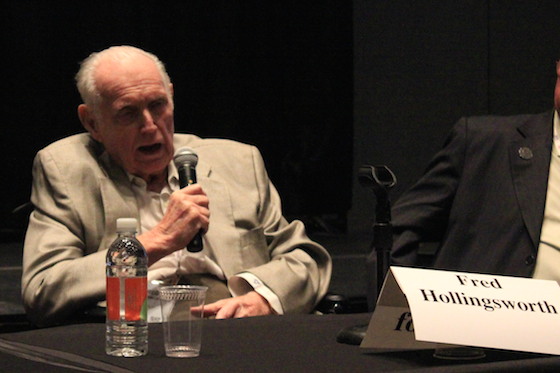
"There is no substitute for good people," Hollingsworth said. "They are the ones that will carry you as far as you need to be carried."
"Don't go into this business if you don't want to help people have fun," Masterson said. "Be prepared to work on those days when other people are off. Those are our busiest times. Those are the times we need you the most. So if you can't work on weekends, or don't want to work on weekends, don't go into our business. Go into a 9-to-5 job somewhere else. But if you want to help people have fun, and you're willing to work those days when they are out there to have fun, then it's a great industry to go into."
It's not "how much you can learn from what you are doing, but what you can learn from the people you work with," Lindquist said. "It takes all of us: operations, marketing, finance, Imagineering — all working together to make it. You have to learn to respect all those disciplines. We all work together for a common goal."
Herschend said, "If you want friendly people, hire friendly people."
"One of the things that we watch is what is the interaction of our staff with our guests when they don't have be interacting with them, walking past them," Herschend said. "Pay attention to that, because the guest does."
Ultimately, though, Linquist warned against putting too much stock in the words of a panel of old guys at an industry conference.
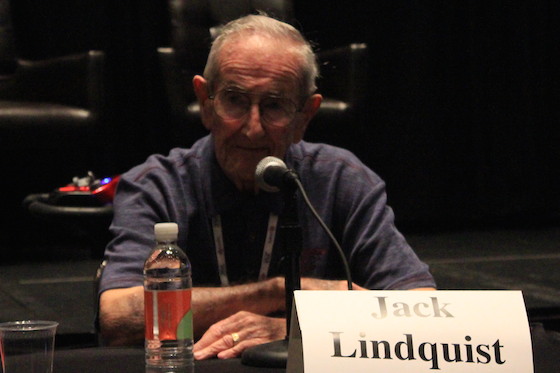
"The man that was my chief mentor in my career [remember whom Linquist worked for?] called me into his office one day and he said, 'Young man, I want you to remember this and never forget it. If we in this industry ever break the $10 barrier, we will kill the goose that laid the golden egg.' So don't take their word all of the time for being the absolute truth."
The TL;DR? Know your customers. Know your business. And know the people you are working with and for. Put all that together, and maybe one day you can end up in your industry's Hall of Fame.
You Might Also Like:
More Coverage from IAAPA 2015:
This article has been archived and is no longer accepting comments.